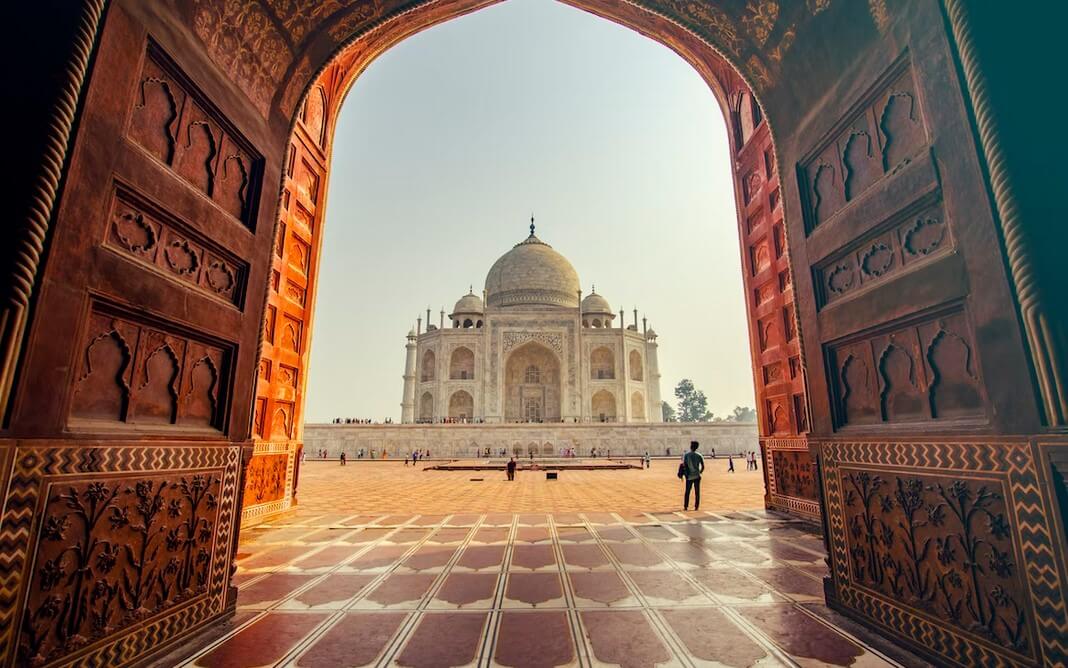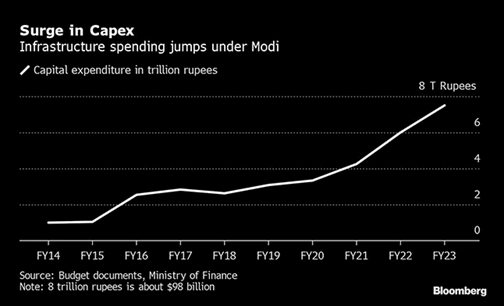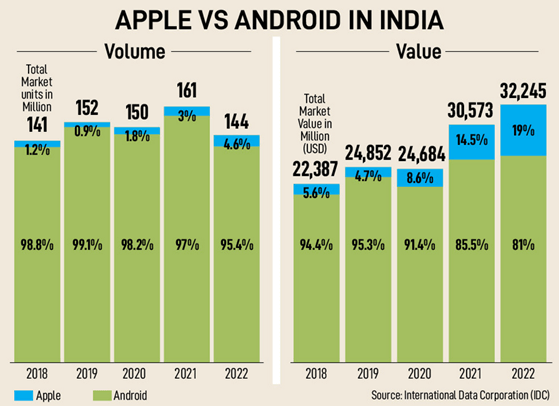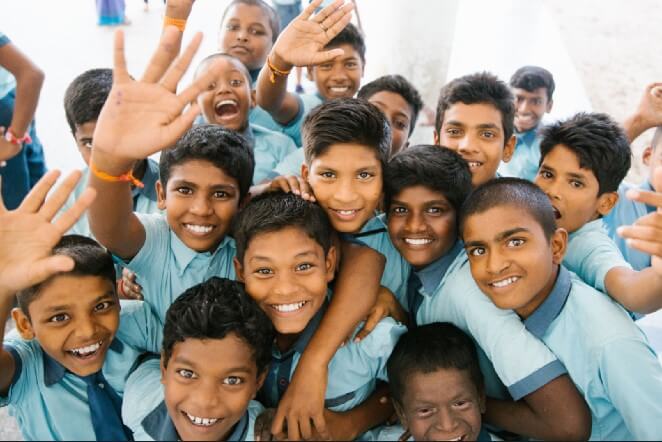The Turning Point: U.S. - India Relations

Indian Prime Minister Narendra Modi’s highly anticipated “official” visit to the U.S. this week marks a significant turning point in U.S.-India relations. In the post-Covid world, characterized by re-globalization and seismic supply chain shifts, changes are happening fast. Asia is becoming multipolar, and India is poised to become a dominant player. The U.S. government and businesses are very interested in a democratic English-speaking partner with now the world’s largest population. As this new cooperation develops there will be challenges along the way. But the potential is immense, and the alliance will produce a significant impact on the global stage.

India’s Motivation and Initiatives
India’s dream is to become the new “Factory of the World” by leveraging opportunities in Asia. In March of 2021, Modi announced the PLI (Production Linked Incentive) scheme designed to increase India’s manufacturing output by $520 billion in five years. A total of 13 sectors are targeted for this scheme which include automobiles and components, electronic systems, medical devices, pharmaceuticals, telecom, and renewable energy. An average of five percent of production is provided as an incentive for products “Made in India”. The government is also taking steps to streamline business practices and reduce logistics costs. Modi said, “Our effort is to reduce over 6,000 compliance burden (for industry).”

U.S. Motivation and Strategies
The U.S. interest in India is twofold. As a result of the supply chain disruption during Covid, many U.S. companies are pursuing a “China Plus One” strategy. Geopolitical uncertainties in the world make it prudent for companies to diversify their overseas sourcing to reduce risk.
As Mukesh Aghi, president of the US-India Strategic and Partnership Forum said, “There’s abundant capital in the U.S. that’s looking for geographies outside, and we can see India responding. Companies realize that while large supply chains in China may have been economical, there’s no point in keeping all your eggs in one basket.”
The other motivation is India’s sheer demographics. With a young 1.4 billion population, considered an underdeveloped country by global standards, the potential for growth is enormous. Potential GDP growth will gradually peak at about 8.5% early next decade, propelled by corporate tax cuts, incentives for manufacturers and privatization of public assets, according to Bloomberg Economics. The Centre for Economics and Business Research predicts India to become a $10 trillion economy by 2035. And U.S. companies have noticed. For example:
- Apple announced production of its flagship iPhone 14 in India. According to Piyush Goyal, India’s Minister of Commerce and Industry, “They’re [Apple] already at about 5-7% of their manufacturing in India. If I am not mistaken, they are targeting to go up to 25% of their manufacturing.” Apple has only a five percent market share in India’s growing smartphone market. 95 percent of the market is dominated by Android users.

- Boeing announced a deal with Air India earlier this year to supply India’s largest airline 220 aircraft valued at approximately $34 billion.
- Medtronic plc, the global leader in healthcare technology, has announced an investment of more than $350 million to expand the Medtronic Engineering & Innovation Center (MEIC) in Hyderabad.
- Warner Bros. Discovery has announced it will set up an International Development Centre (IDC) in Hyderabad expected to create employment for 1,200 professionals.
During Modi’s visit this week, it is expected cooperation in semiconductors, cyberspace, aerospace, strategic infrastructure and communication, commercial space projects, quantum computing and the use of artificial intelligence in industrial and defense fields will be discussed. Some of the groundwork was laid earlier this year when an initiative on critical and emerging technology (iCET) was launched that provided cooperation in areas such as artificial intelligence, quantum computing, space exploration, semiconductors, and defense technology.


Challenges for India
Despite the abundance of opportunities for India, there will be challenges. Doing business in India has been historically plagued by bureaucracy and red tape. And as a democracy, addressing multiple stakeholders adds a layer of complexity. India came in at the 63rd position in a World Bank list of 190 countries ranked based on their ease of doing business in 2019. And this was an improvement from its position in the 142th position in 2014 when Modi became Prime Minister.
Also, while aiming to become a dominant player in Asia, India needs to maintain good trade relations with China. While trade with the U.S. is $100 billion a year, trade with China is twice that. Striking a delicate balance is key to India’s success.

All Eyes Are on Washington
You can be certain many around the world will be following Modi’s first State visit as he meets with U.S. President Joe Biden and addresses a joint meeting of the U.S. House of Representatives and Senate, one of the highest honors Washington affords to foreign dignitaries. With shared motivations and interests, it seems there is potential for a partnership that could create a dynamic economy. History is in the making.

